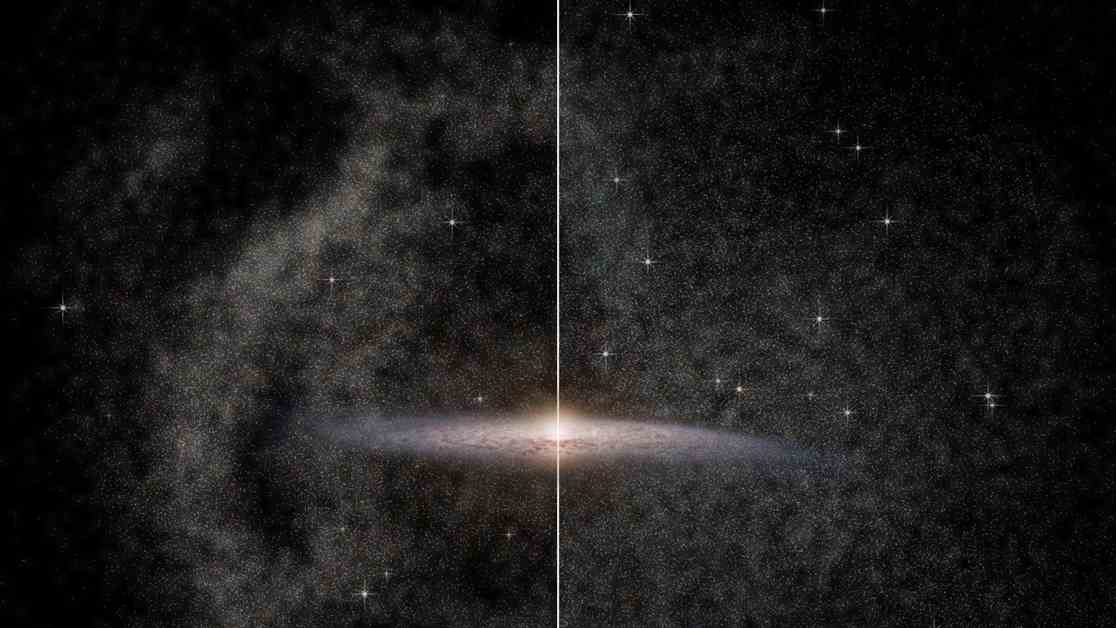The Milky Way’s history has taken an unexpected turn, as new research suggests that the last major collision in our galaxy occurred much more recently than previously thought. According to a study by the Rensselaer Polytechnic Institute in the USA, data from ESA’s Gaia space telescope reveals that the distortions in the distribution of stars in the Milky Way indicate a collision that happened only three billion years ago. This discovery challenges the previous assumption that such collisions occurred billions of years earlier.
The research team analyzed the vast amount of data collected by Gaia, which has been mapping billions of objects in the night sky, including stars in our galaxy. By examining around 100,000 nearby objects, they observed “wrinkles” in the distribution of stars that suggest a recent collision. These distortions, which indicate a less uniform distribution of stars, are clear in the Gaia data and point to a collision that occurred much later than the known Gaia-Sausage-Enceladus (GSE) collision, which was previously believed to be the last major event in the Milky Way’s history.
The newly discovered collision, referred to as the “Virgo Radial Merger” by the research team, adds to the complexity of the Milky Way’s history. This finding underscores the importance of ongoing research and the invaluable role that Gaia plays in unraveling the mysteries of our galaxy. The study has been published in the Monthly Notices of the Royal Astronomical Society, shedding light on the evolving understanding of the Milky Way’s past. As we continue to explore and analyze the data provided by Gaia, more surprises and insights into our galaxy’s history are likely to emerge.

